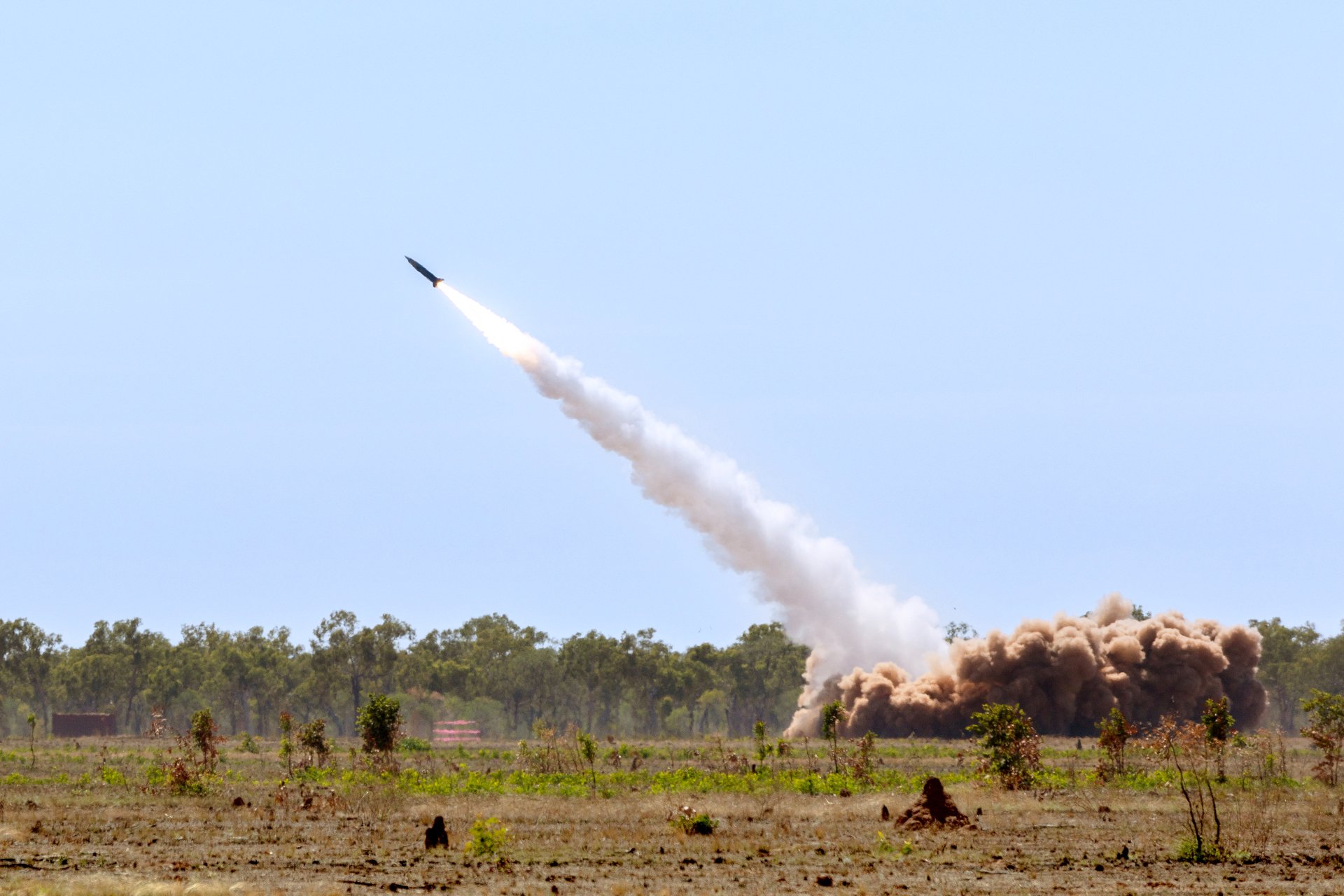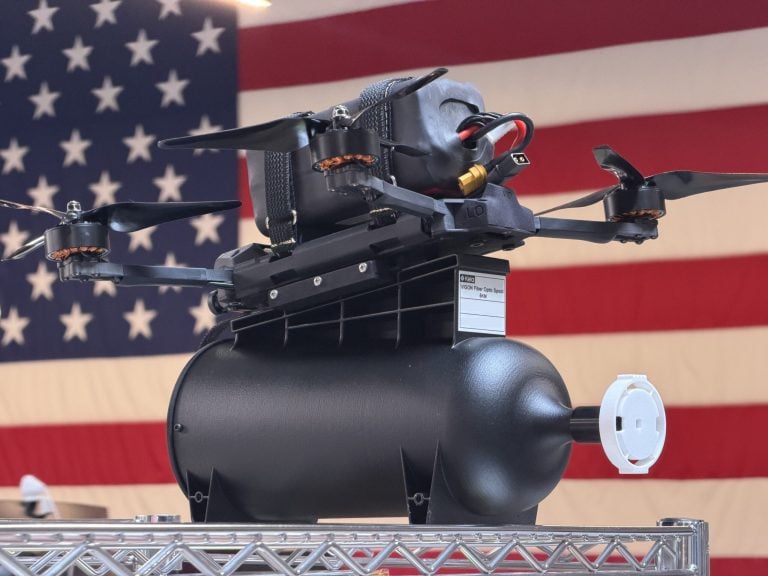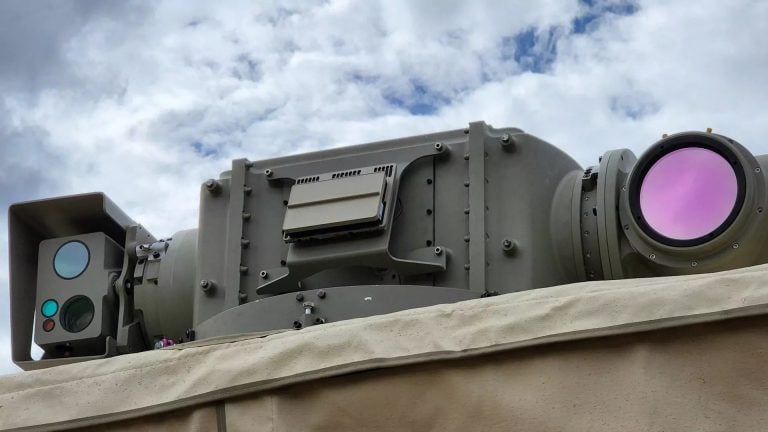A pivotal shift in geopolitical strategy occurred on November 17, 2024, when President Joe Biden authorized Ukraine to use US-supplied Army Tactical Missile Systems (ATACMS) for strikes deep into Russian territory. This decision significantly diverged from prior US policy, allowing Kyiv to engage high-value targets well beyond the front lines with unprecedented precision. The authorization followed months of cautious planning and coincided with escalating conflict dynamics, especially North Korea’s increased military support to Russia.
The ATACMS, developed by Lockheed Martin, is a long-range, precision-guided missile system designed for deep interdiction, targeting vital military assets such as airfields and supply areas. Its adoption has marked a transformative moment in modern warfare, further highlighting the importance of long-range precision munitions in current military conflicts. A comprehensive understanding of ATACMS encompasses its origins, technical specifications, global proliferation, and the anticipated emergence of its successor, the Precision Strike Missile (PrSM).
The ATACMS system dates back to the Cold War era, developed in the 1980s as a strategic response to the Soviet Union’s extensive artillery capabilities. Its operational debut coincided with Operation Desert Storm in January 1991, where it demonstrated formidable efficacy by striking multiple critical targets and contributing to a swift coalition victory. Its numerous uses in subsequent military operations underscored the shift in US military doctrine towards precision striking, moving away from reliance solely on overwhelming firepower.
With a speed exceeding Mach 3 and a range of up to 300 kilometers (186 miles), the ATACMS’ capabilities make it a significant asset on the battlefield. Its hybrid guidance system, incorporating GPS and inertial navigation, ensures high accuracy, minimizing collateral damage. Over the years, variations of ATACMS have evolved, demonstrating a transition from cluster munitions to unitary warheads aimed at more precise and responsible warfare.
The announcement on November 17 not only marked a strategic pivot in US military aid to Ukraine, but it took place amidst notable escalations, including increased military support from North Korea to Russia, and an intensified Russian offensive. This uppercase strategic change provided Ukraine with a critical advantage, allowing it to target rear-echelon Russian assets, thereby disrupting logistics and command networks necessary for sustained military operations.
The ATACMS’ capabilities have led Ukraine to effectively strike several key Russian positions, including munitions depots, significantly impacting Russia’s operational capabilities. However, the deployment has also elicited varied responses from Moscow, which has attempted to counteract these missile strikes while expressing concerns over potential escalations, including nuclear threats.
Despite its strategic successes, the ATACMS program has drawn criticism for its reliance on cluster munitions, raising ethical questions surrounding civilian safety and international humanitarian law. The US decision to supply cluster variants to Ukraine has sparked a debate about the long-term implications of such weapons, balancing immediate tactical advantages against broader humanitarian concerns.
In light of these challenges, the US Army is advancing a next-generation solution in the form of the Precision Strike Missile. Designed to enhance capabilities beyond those offered by ATACMS, the PrSM promises a greater range and firepower, addressing contemporary operational demands. With ongoing developments expected to culminate in its initial operational capability by 2025, the PrSM represents a significant evolution in long-range precision capabilities intended to meet the requirements of modern warfare in an increasingly complex geopolitical landscape.
Through the ongoing transition from ATACMS to newer technologies, the US military remains committed to maintaining its edge in long-range precision fires while responding to the dynamic nature of global security threats. The employment of enhanced missile systems signals a new phase of warfare, with implications for both strategic deterrence and international military dynamics.



















